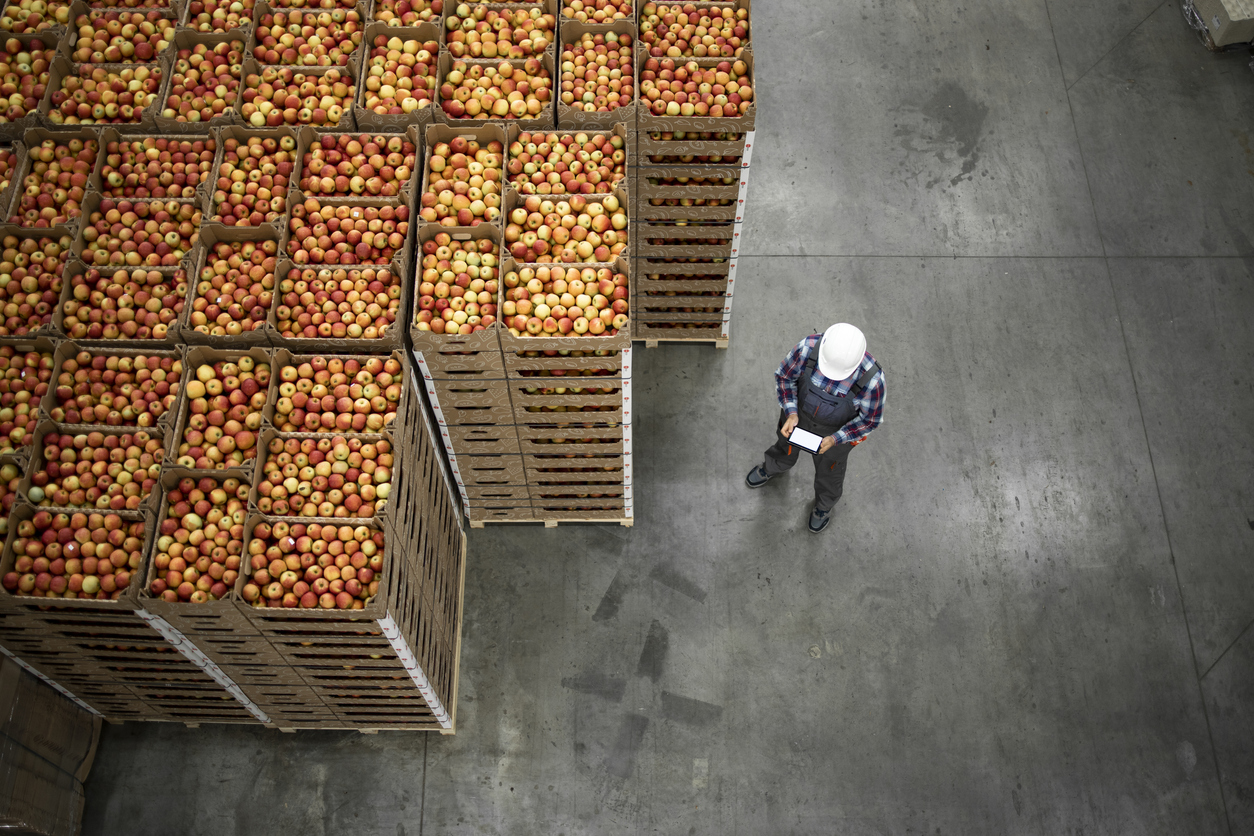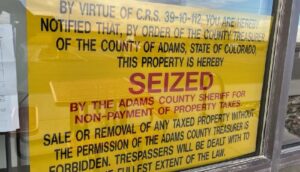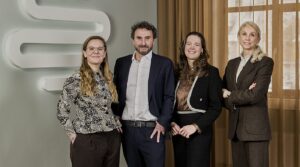The food industry is one of the most complicated sectors around when it comes to tracking scope 3 emissions, says Levent Ergin of data management firm Informatica.
As the company’s global chief ESG sustainability strategist and global head of ESG strategic alliance partnerships, much of Ergin’s day involves “trying to help customers to make use of as much of the data that’s out there as possible,” he tells AgFunderNews.
“They are really stuck, they don’t even know where to start,” he adds of agrifood corporates trying to execute on climate commitments around scope 3 — the indirect emissions that come from a company’s supply chain and are out of its direct control.
“Our motivation really is to certainly help them with their data challenges, because ultimately, at the end of the day, the best way to mitigate greenwashing is to be able to evidence everything you’re doing with data.”
To that end, Informatica announced at Climate Week NYC a partnership with sustainability intelligence platform HowGood to integrate the latter’s sustainability data into Informatica’s AI-powered Intelligent Data Management Cloud for ESG Sustainability.
The idea is to help agrifood companies “get a 360-degree view of their supply chain,” according to Ergin.
“Shared visibility and accessibility will enable more efficient decarbonization and improved sustainability across the industry,” adds Michael Streitberger, head of partnerships at HowGood.

‘Data-driven sustainability’
HowGood analyzes and scores food products for sustainability based across several metrics including greenhouse gas emissions, biodiversity, soil health, and blue water usage.
Its Latis software tool pulls from more than 600 sources of data to provide intelligence on more than 33,000 ingredients. Food companies can then calculate the socio-environmental impact of their products.
Partnering with Informatica — which has more than 5,000 customers globally, many of them Fortune 100 companies — gives HowGood greater access to the data it needs to properly score companies on sustainability, says Ergin.
“When a client seeks to integrate sustainability data into their central data management tools, [they] typically fill out an Excel spreadsheet [which is] something that takes a long time and could be prone to human error. Whereas we do all the heavy lifting for that data already, which then really speeds up this entire process. We can make trusted and mastered data available to HowGood, and [HowGood] can do the wonderful enrichment around [sustainability metrics].”
From there, Informatica stores the data back in its own system to help clients with future needs.
For example, a company may need to analyze its supply chain to detect any connections with deforestation, which would put the company out of compliance with the EU’s Deforestation Regulation.
“We’re creating this data hub which can solve many of the different regulatory challenges as well as really accelerate data-driven sustainability transformation,” says Ergin.

Scope 3 emissions still CPGs’ biggest challenge
Agrifood corporates continue to struggle with scope 3 emissions, which are outside of companies’ direct control and therefore much more difficult to track. In many cases, scope 3 emissions account for 65% to 95% of a company’s total emissions. A recent report from Ceres noted that companies setting climate targets that include scope 3 emissions have a greater likelihood of reducing their emissions compared to those that do not.
Informatica already has a product addressing scope 3, but Ergin suggests the company needed a more robust solution for its agrifood corporate customers. The food industry is “one of the most complicated,” when it comes to tracking scope 3 because there are so many more raw materials at play.
For example, a global catering company uses loads of recipes, each made up of multiple (sometimes hundreds) of ingredients, he says.
“It’s a very complex process to even map that out, and to house that information. And then for companies to say, ‘Look, this is our scope three emissions,’ you need to be able to link that with your transactional data.”
The integration, which is now available, is a way to spur more action around scope 3, he adds. “And you can only do that through accurate data. Otherwise it’s garbage in, garbage out. That’s what we are trying to help avoid.”




